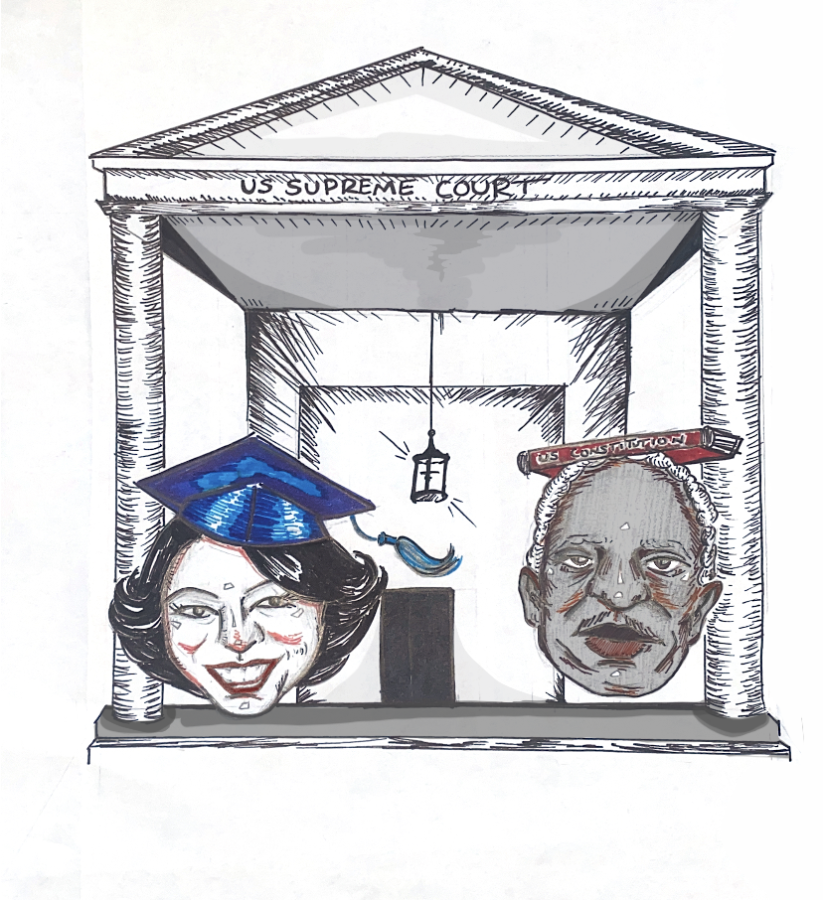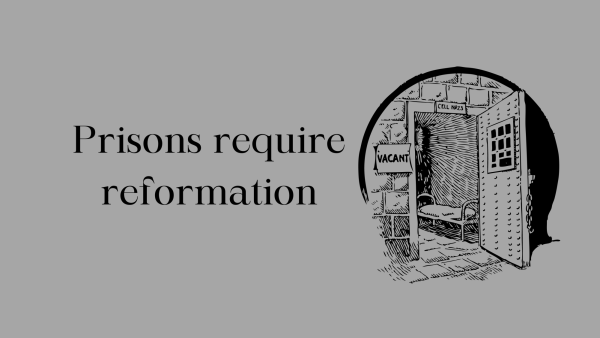Affirmative action promotes diversity
January 23, 2023
This previously ran in our December 2022 print issue.
For over a month, the Supreme Court has heard arguments regarding affirmative action, the system many institutes of higher learning use to include people from groups who are more marginalized — such as Blacks and Hispanics.
This decision threatens to overturn nearly 50 years of Supreme Court precedent, starting when affirmative action was first contested in 1978. In Regents of the University of California v. Bakke, the court ruled that affirmative action was permissible and can be used in both the college-admissions process and in hiring practices, as a way to increase diversity in colleges or the workplace. It has been reaffirmed five times since.
Unfortunately, this system is yet again under threat. In 2014, Students for Fair Admissions (SFFA) was founded, with the intent to “support and participate in litigation” against colleges and universities accused of rejecting applicants based on race.
Opponents of affirmative action, namely SFFA, are currently taking legal action against Harvard University and the University of North Carolina (UNC), both of which are accused of disadvantaging Asian and white applicants. Harvard in particular is accused of actively discriminating against Asians.
It is crucial to understand that affirmative action is not just about the present, it is about the past as well. Its aim is to (in some way) correct decades of racism and segregation towards people of color.
Affirmative action provides a more level playing field for students of Black, Hispanic, Latinx, and Native American descent across the nation. On top of the well-known inequalities that previously existed under segregation, their effects continue to harm many communities of color today.
According to National Public Radio (NPR), poor school districts with a primarily non-white population receive about $1,600 less per student in federal funding than the national average. When universities strive to include these more disadvantaged populations, they promote diversity and equity.
While affirmative action has been said to discriminate against white and Asian applicants, data continously shows that this is not the case. Admissions data from Harvard University from 2020 shows that 41% of Harvard students were white, about three times higher than the next most-admitted race, Asians. Asian Americans still continue to endure a great deal of racial discrimination, especially in recent years, but significant progress to achieve equality has been made, most notably in income distribution. According to Pew Research, Asians are one of the highest-earning groups in America, in terms of salary, while other minority groups, like African Americans and Hispanics, rank some of the lowest.
Also, the reason for affirmative action, as given in the majority opinion of Bakke, is to increase student diversity in colleges and universities. Asians and whites are already the two highest represented races in post-secondary education, according to the National Center for Education Statistics. The numbers of Blacks and Hispanics enrolled in college, however, do not compare.
Additionally, Harvard and UNC are not simply granting wholly unqualified students admission just because of their race — applicants must prove their worth in academics, athletics, or another field. People who benefit from affirmative action must still show that they are talented and hard-working to attend that university.
Supporting this thought, Harvard vehemently denies any discrimination towards Asians in their admissions, noting that the number of Asian Americans admitted to Harvard has increased by 27% since 2010. The university also reaffirms that the race of an applicant is not the deciding factor in the admission of any student, nor should it be – it is just one of many considerations.
Similarly, UNC also denies the allegations hurled against it by SFFA, arguing that its affirmative action practicies are well in accordance with Supreme Court precedence. Federal courts have also previously passed judgement on the accusations, siding with the university.
As we high-school students come of age and many of us head off to college, we must not forget America’s past. The legacy of slavery still persists today, and it is up to each generation to get closer and closer to ending that vicious cycle of discrimination. And that starts with creating more opportunities for more marginalized groups, creating a more inclusive, diverse environment.
In a 7-3 vote, The Stinger editorial board stands in support of affirmative action. While the system may not be perfect, it is part of the long road to repairing our country’s extensive history of injustice and oppression towards minorities.



















